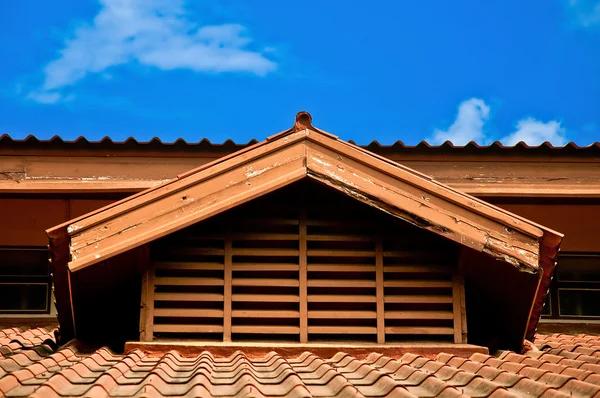Asbestos inspections are crucial activities that safeguard the health and safety of individuals in residential, commercial, and industrial properties. These inspections involve a thorough examination of buildings to identify the presence or absence of asbestos-containing materials (ACMs). Asbestos was widely used in construction during the 20th century due to its excellent fire resistance, durability, and insulation properties. However, it was later discovered that prolonged exposure to this mineral could lead to serious health problems such as lung cancer and mesothelioma.
The first key finding during an asbestos inspection is often the existence of ACMs. This is usually determined by visual inspection followed by sampling and laboratory testing. read the full report most common areas where asbestos may be found include pipe insulation, ceiling tiles, floor tiles, cement sheets, roofing materials among others. Depending on its condition and location, asbestos may pose varying degrees of risk.
Another significant finding is whether the identified ACMs are friable or non-friable. Friable ACMs can easily crumble under hand pressure when dry releasing airborne fibers which can be inhaled causing harm to human health. Non-friable ACMs on the other hand are more resistant to damage hence less likely to release these dangerous fibers unless they are disturbed for example during renovation or demolition works.
The condition of ACMs also forms a vital part of an asbestos inspection report. If they’re in good shape without signs of wear or damage then there’s less likelihood for fiber release into air thus posing minimal risk if left undisturbed. However if they’re damaged with visible signs such as cracks or abrasions then immediate action should be taken since this increases chances for fiber release.
During an inspection another key observation made is about potential disturbances which might cause harm especially in cases where non-friable ACMs are present like planned renovations demolitions drilling etcetera; because these activities can disturb intact material resulting into friability hence increased risks.
An important aspect considered too during an asbestos inspection is whether the identified ACMs are accessible or not. Accessible ACMs are those that can be easily reached, touched, or damaged and therefore pose a greater risk of exposure.
Lastly, recommendations are made based on these findings. If asbestos is found in good condition and unlikely to be disturbed, it may be safe to leave it in place but regular monitoring should be done to ensure its condition doesn’t deteriorate. If the material is damaged or likely to be disturbed then professional abatement services may need to be engaged for safe removal and disposal of the hazardous material.
In conclusion, an asbestos inspection serves as a crucial step towards ensuring safety within built environments. It provides valuable insights into where ACMs exist their state accessibility potential disturbances among other factors which inform necessary actions towards managing this hazardous substance effectively thus safeguarding public health.




